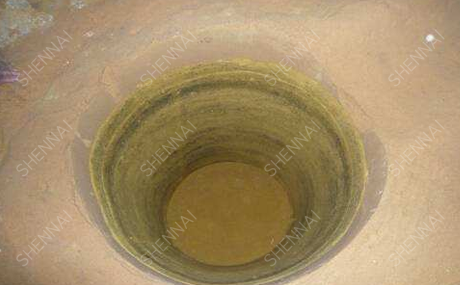- Tel:+8613007564317
- Email:[email protected]
FAQ

Refractories with melting point higher than 1700 ℃ can be classified into six categories according to chemical composition: oxides, carbides, nitrides, sulfides, borides and chemical elements.
Among them, chemical elements and carbides work under high temperature and oxidizing atmosphere, which are very easy to oxidize or dissolve in molten iron. Silicon carbide can be used to build the tapping tank or charging tank of the furnace, but because of its conductivity, it can not be used as the lining material of the induction furnace. Sulfide and boride can dissolve in molten iron or react chemically with molten iron and are reduced by iron and carbon. They are also not suitable for furnace lining materials. Silicon nitride (SI) in nitrides 3N4) and aluminum nitride, although they have the advantages of good oxidation resistance, peeling resistance and not easy to be eroded by liquid metal, they are expensive and can not be used in industry.
Therefore, at present, the refractory used as the lining of induction furnace is mainly oxide. Among the 17056 kinds of oxides in nature, there are only more than 50 kinds of oxide materials with melting point higher than 1700 ℃. Some of them have poor chemical stability and low decomposition pressure at high temperature, and are often reduced by the components in the molten metal. In addition, some oxides are easy to hydrate at low temperature, so they can not be used as furnace lining refractory. Some oxide resources are scarce and expensive, such as y3o4, HfO2 and CeO2, which are rarely used as furnace lining materials. Some oxides are radioactive (ThO2) or toxic (BeO), and can not be used as furnace lining materials. The most widely used in practical production are three oxides, namely silicon oxide, alumina and magnesium oxide, and their mixtures.
We will get in touch with you as soon as possible
